How does a dryer work?
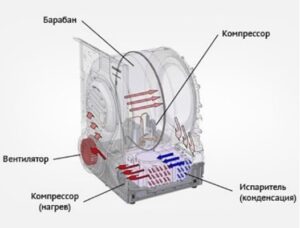 The dryer helps you quickly and easily dry a mountain of clothes without hanging them on lines. Installing such equipment allows you to avoid high humidity, which leads to the formation of mold. We will tell you what the structure of the dryer is and how it functions.
The dryer helps you quickly and easily dry a mountain of clothes without hanging them on lines. Installing such equipment allows you to avoid high humidity, which leads to the formation of mold. We will tell you what the structure of the dryer is and how it functions.
Main structural elements of the dryer
The design of drums in condensation dryers is simple. Operating the equipment is not difficult. Dryers are made up of a number of elements.
- Dryer drum. It can be called the main design element. There are things inside the drum. In many machines, it is equipped with additional lighting, which makes loading and unloading processes, as well as monitoring the laundry, more convenient.
- Control Panel. In most models, it contains an electronic display and program selection buttons for drying various types of laundry, as well as activating auxiliary functions.
- Electric motor.
- Drive belt. Connects the tank to the electric motor.
- Air intakes. Equipped with special fluff filters to clean the air from dust particles and debris. To keep your dryer working properly, the air intakes must be cleaned at least once a month.
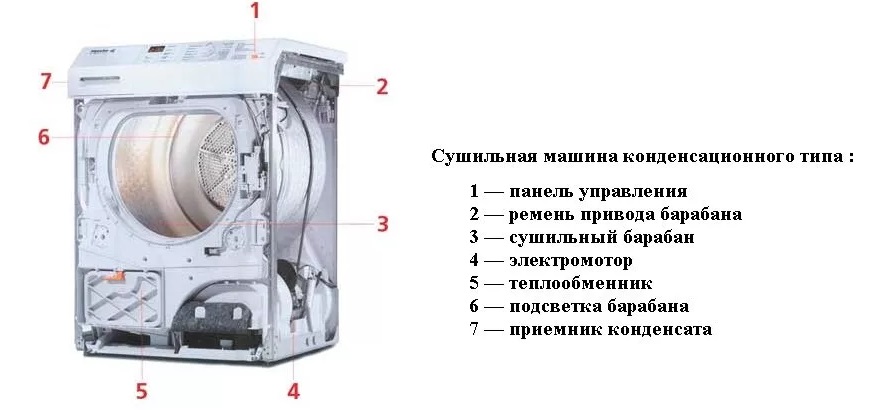
- Fan. Directs air inside the device.
- Heat exchanger. It has two channels through which flows of hot and cold air move without mixing with each other. The heat exchanger cools the air and allows condensation to settle faster.
- Tubular electric heater (TEH). Designed to heat air flows that enter the dryer drum with laundry.
- Condensate container.In most models of dryers, it is located on the front panel, in its lower part, or in the place where the detergent loading compartment is located in washing machines.
Condensation accumulates while the dryer is running. It is necessary to ensure that the special container for collecting it does not overfill. If the device is connected to a sewer system, moisture is drained into it automatically.
How does the dryer work?
To understand how a clothes dryer works and what the principles of its operation are, you can compare it with a washing machine. The main element of these devices is the drum. The difference is that in washing machines water is supplied to it, and in dryers it is supplied with heated air. It is necessary for drying clothes. The rotation speed of the drum also differs. In dryers, the maximum speed is 100 rpm.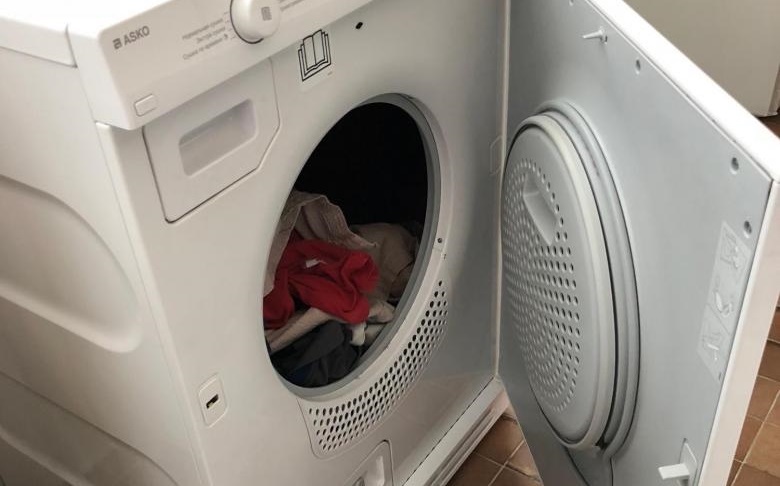
Once inside the device, the air is first cleaned in fluff filters. Then the fan directs it to the heating element. The purpose of the heating element is to increase the temperature of the air flow to +500–700 C. An additional fan supplies it to the drum. Hot air dries wet laundry, removing moisture from it, and then enters the heat exchanger. The temperature of the air flow decreases, it gets rid of moisture and is directed again to the heating element. This allows air to circulate in the dryer.
Important! The power consumed by the device per cycle can reach 4 kW. But in most models this figure ranges from 1500 to 2300 W.
What types of dryers are there?
Depending on the method of removing moisture after drying, drum electric dryers are divided into several types: ventilation, condensation and equipped with a heat pump. In some devices, moist air is discharged outside, in others, condensate is collected in a special container. To learn about the operating features of various types of dryers, you should consider each of them separately.
- Ventilated dryers. They are distinguished by their simplicity of design. Humid air is removed from the devices using a special hose connected to the ventilation passages.
A significant drawback in the operation of ventilation type machines is that their installation requires installation work.
- Condensation dryers. Such models are easy to install, and the devices are equipped with separate containers to collect moisture. Water must be drained from them regularly.

- Electric dryers with heat pumps. These devices have a cooling circuit, due to which the air flows quickly cool down and condensation forms.
Most dryer manufacturers have abandoned the production of ventilation-type devices. Condensation dryers are considered more modern and practical. And the fastest drying is provided by electric dryers with heat pumps.
Interesting:
Reader comments
- Share your opinion - leave a comment

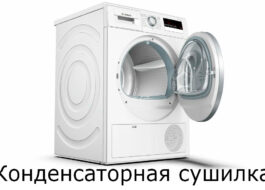
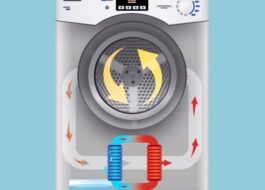
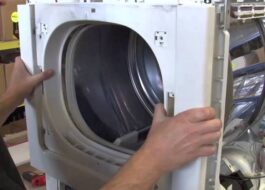
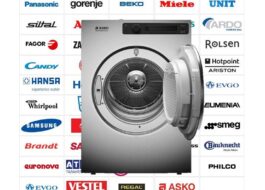















Add a comment